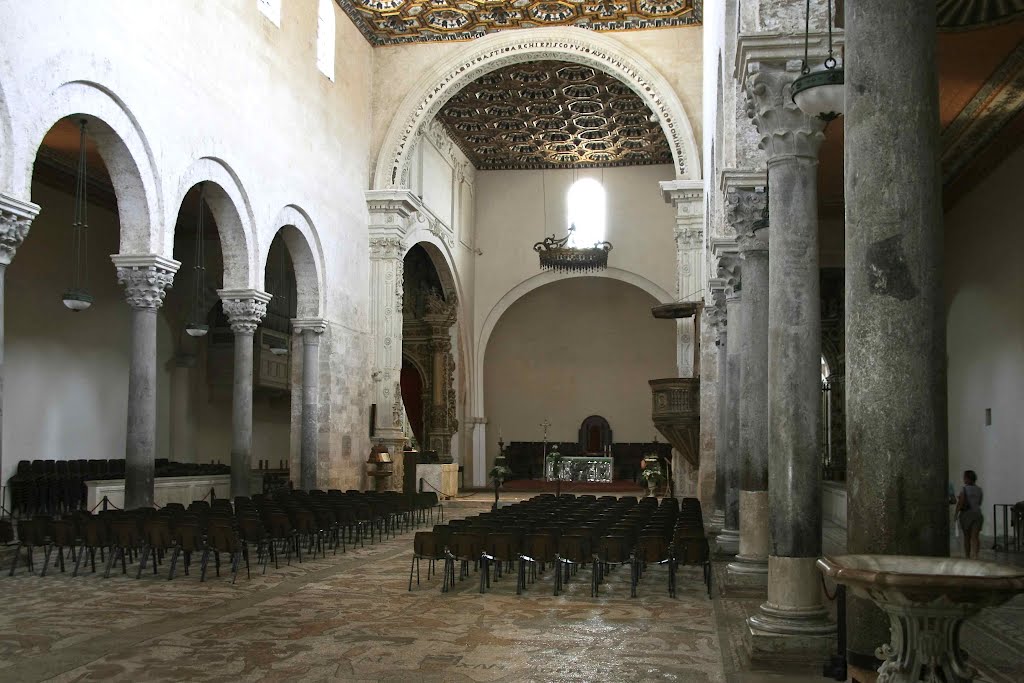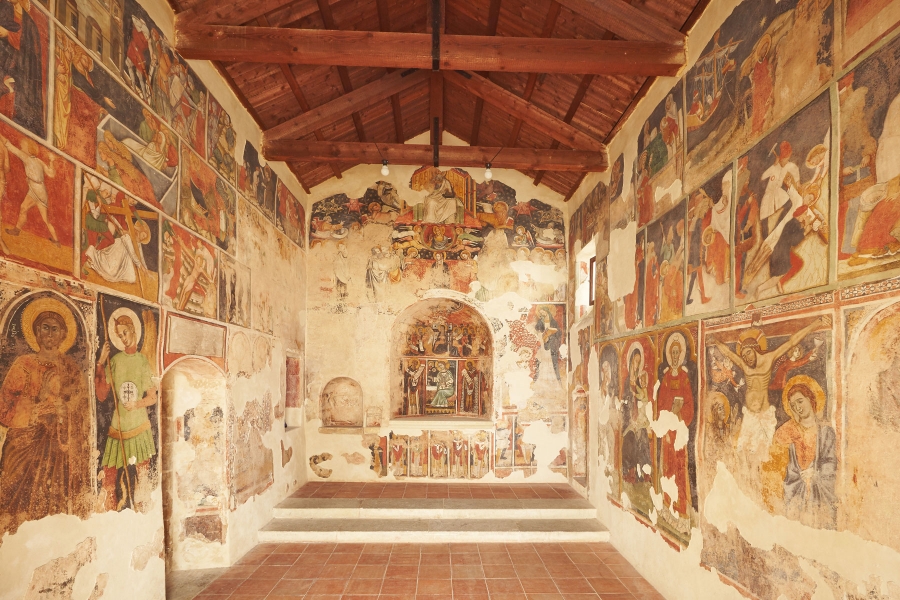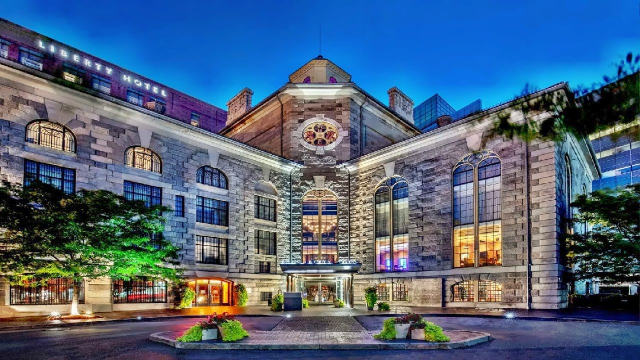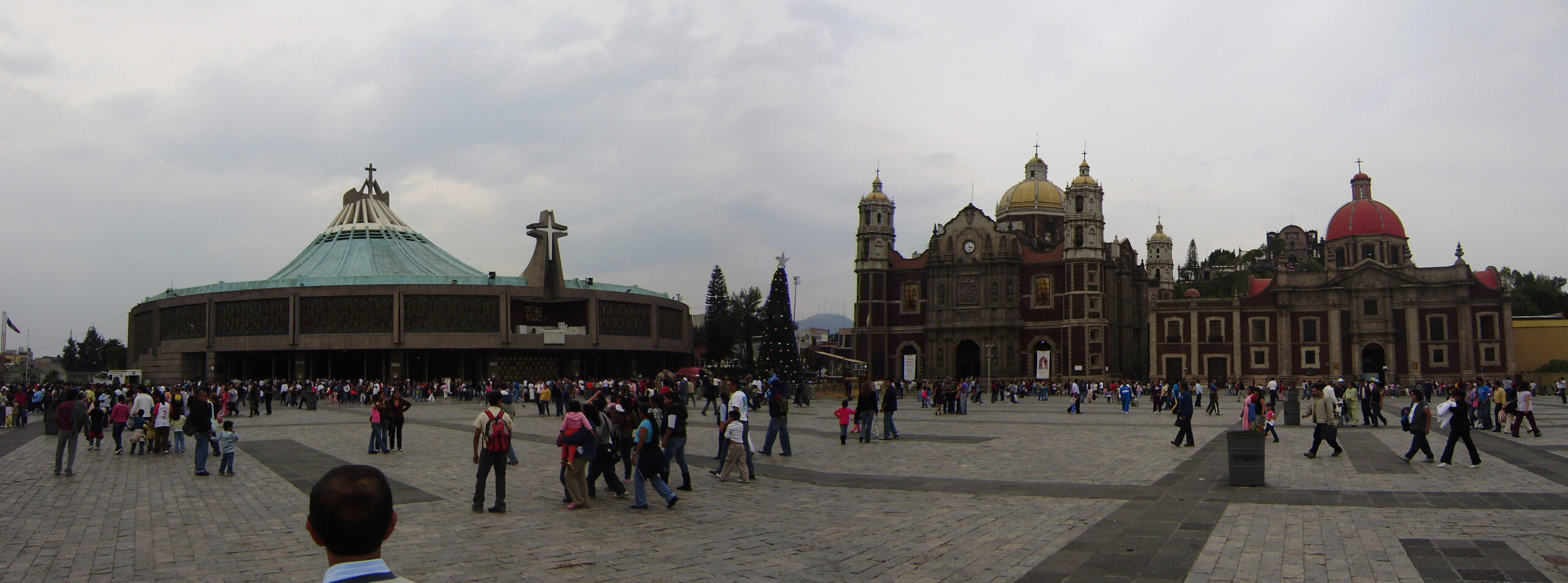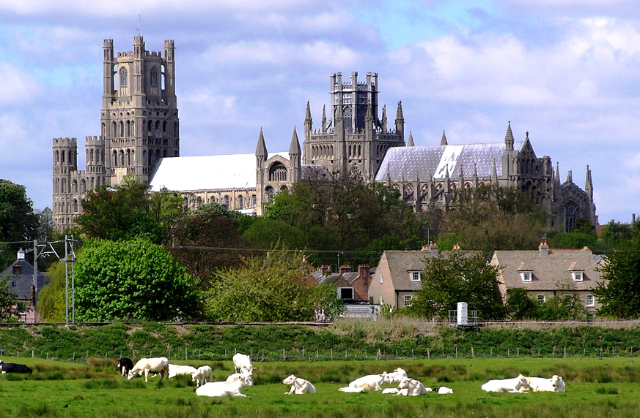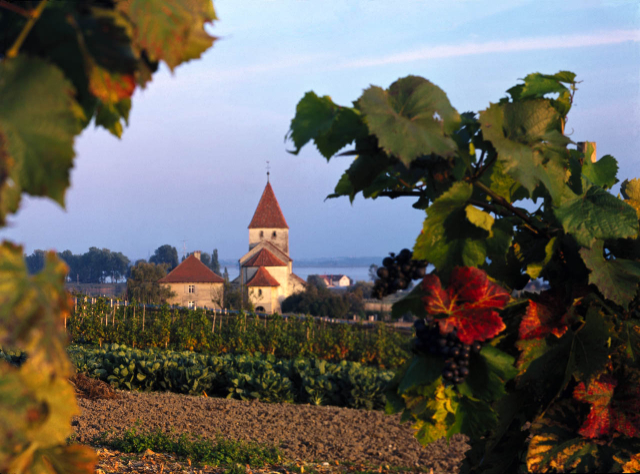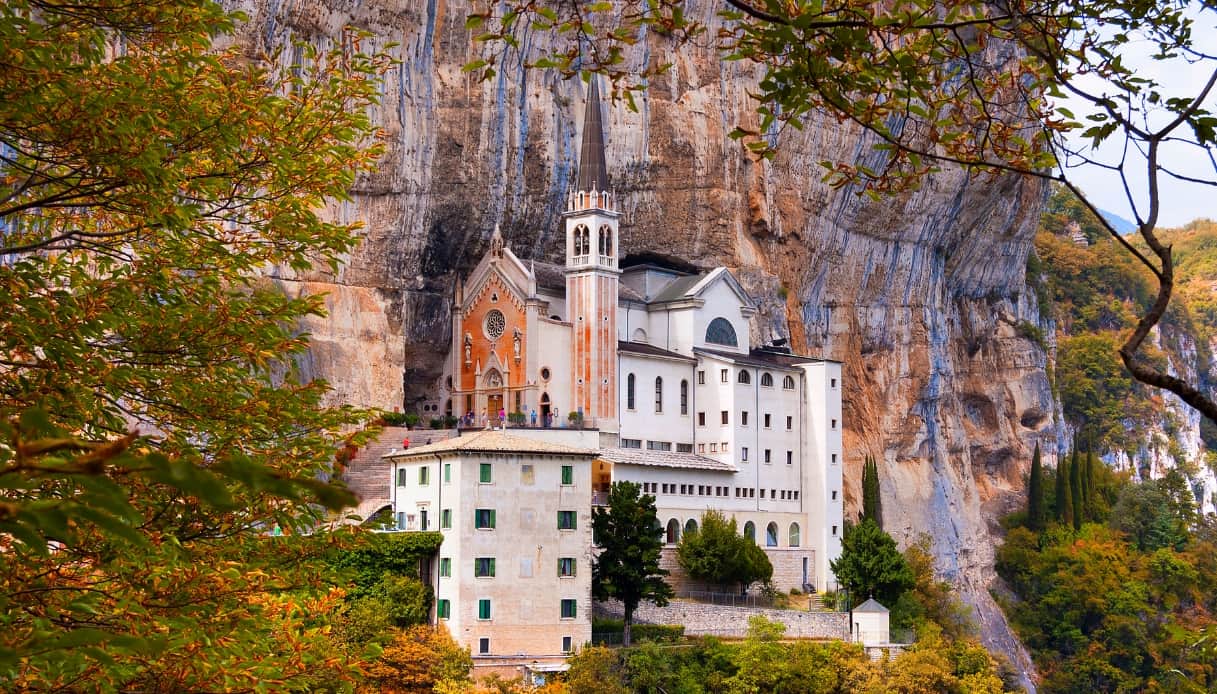In fact, the Cathedral dates back to the second half of the year 1000, and was built on ancient remains of Messapian, Roman, and early Christian villages. It has also suffered numerous assaults and has been destroyed and rebuilt several times. One episode above all is certainly the Turkish invasion of 1480, during which one of the saddest pages was written for the city: inside the cathedral, in fact, the faithful and members of the clergy who took refuge within these walls to escape the attack were massacred. The Christian place was defrauded and used as a mosque, and the artistic treasures it contained were destroyed, until the church and the whole city was liberated at the hands of the Aragonese.
For these reasons, the Cathedral presents an original style: the façade has a gabled form, with a large central rose window, enriched by thin tracery of Gothic mark crossed by 16 converging rays; there are two portals, a major one of Baroque style, escorted by two columns supporting the architrave, and a lower one added later and located on the left side. These are elements desired by the various archbishops who succeeded each other at the helm of the Otrantine diocese over the years.
The structure has a basilica plan and its interior is an architectural and artistic spectacle. The classic division into three naves immediately stands out, limited by rows of five Corinthian columns connected to each other by wide double lunate arches. Embellishing the nave and chancel is the beautiful wooden lacunar ceiling with gilded details. Enriching the central aisles, however, are the paintings and six altars dedicated to Christian sacraments and symbols.
Then at the end of the right aisle is one of the most poignant memories of the Cathedral: the Martyrs’ Chapel. It is a part of the church dedicated to the memory of the historic extermination of the Martyrs of Otranto, that is, the 800 Christian inhabitants who in 1480 were massacred by the Turks for not wanting to deny their faith. Looking at the exposed remains, the bones, and the ‘martyrdom stone’ on which the murders probably took place leaves one absolutely breathless, and leads us back to the pain that religious wars cause even today.
The true jewel of the cathedral’s interior is the floor mosaic: a work of art of absolute value, stunning beauty and great significance. In fact, the masterpiece created by the monk Pantaleon and finished in 1164, depicts the tree of life, and the passages narrated from the Old Testament, which tell of the journey that man takes to turn from sin and seek eternal salvation. ‘Actors’ in the mosaic are thus Adam and Eve, but also other characters and numerous animals, each of course with its own symbolic load. The work embellishes, with its own magnificence, the naves and chancel.
Much older, however, is the crypt, built in the 11th century, and representing one of the most architecturally interesting parts of the entire structure. It is in fact the oldest of the Apulian crypts, and its importance is also due to its considerable size. The particular conformation of the crypt, divided into 5 naves and 72 between columns and pillars leads to the conclusion that it is a kind of miniature of the Mesquita of Cordova and the Blue Mosque of Constantinople, further confirmation of the cultural mixture in which Otranto has always been a protagonist. Cultural mixture, meeting of peoples, combination of different artistic styles that in the underground chapel is witnessed by another important element: the incredible diversity and heterogeneity of the 42 columns on which it is built. Each of them, in fact, has its own quality and origin of marble and granite, and different capitals in Ionic, Corinthian, Byzantine and Islamic styles. In addition, the crypt is accessible via two staircases located inside the cathedral.
